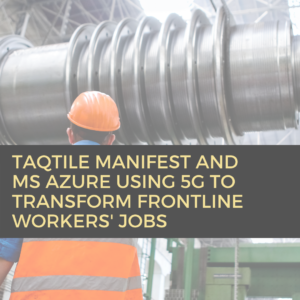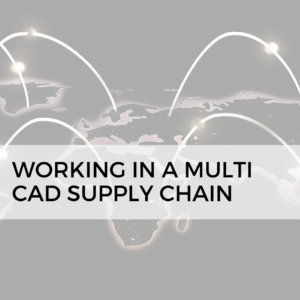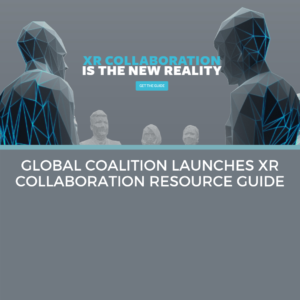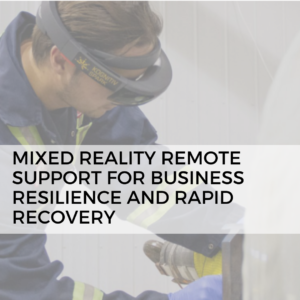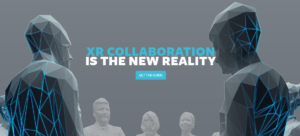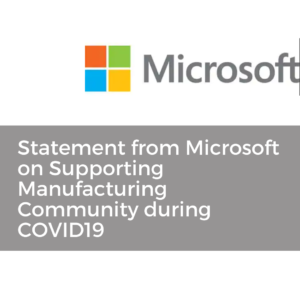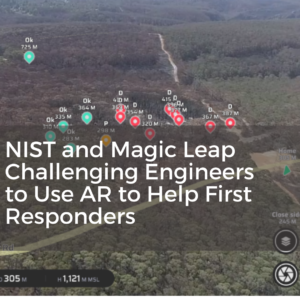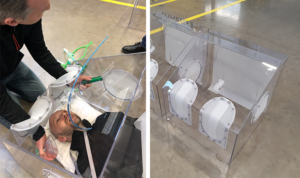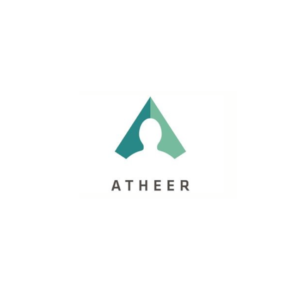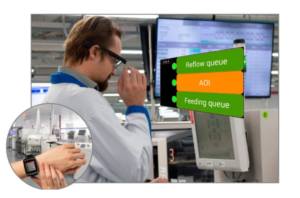For many organizations, the current crisis – caused by the spread of COVID-19 – is creating disruption on a level not seen in generations, placing their collective resilience under significant stress.
The full political, social, and economic effects of COVID-19 will continue to emerge over the months, but at the business level, it’s clear. The impact that travel restrictions, social distancing, and the need for mass remote working are challenging the ability of organizations to sustain day-to-day operations and protect their people.
Based on a quick review of our clients, across a range of sectors (Aerospace and Defence, Oil and Gas, Nuclear, Mining, Manufacturing, Engineering, and Healthcare), we’re seeing the impact of the current crisis. Those organizations that have already underpinned their operations with more agile ways of working, leveraging digital technologies, and building a culture of innovation have both an enduring resilience, as well as a potential springboard to recovery.
We’re fortunate to have clients who had the foresight to adopt remote worker support technology into their everyday working practices, and in doing so enhance their resilience and recovery capability. I’ll refer to one of them to emphasize the point.
Rogers Electric & Machine is an electric motor (among other equipment) sales and service company with facilities in New Brunswick and Newfoundland and Labrador serving clients in Oil and Gas, Mining, and other industries. Many client sites are in remote locations. Rogers integrated secure, low bandwidth remote worker support technology into their service processes, originally, to reduce response times and client equipment downtime.
The return under normal operations was already being realized: enhanced quality of client support and rapid response, increased expert availability, and reduced travel costs. Under COVID-19 restrictions, particularly social distancing, this has also provided the capability to continue supporting their clients’ essential services and operations, while protecting both their own staff and their clients’ staff through:
- reduced physical touchpoints for their personnel through remote troubleshooting activities;
- remote peer assurance and review of the required maintenance or repair task;
- concurrent and secure access to digital versions of manuals, diagrams and 3D models (no need for manual handling);
- reduced the risk of errors.
We’ve curated exactly how our client Roger’s Electric & Machine is using RemoteSpark to sustain their operations safely in this current situation.
In a general sense, before COVID-19, daily disruptions to field service support were often caused by weather, visa delays, the availability and cost of travel to a client’s locations, even civil or political unrest. All remain extant, but COVID-19 is going to reshape the way we do business. And as digital networks become more robust, we will continue to identify and provide technological solutions to keep operations flowing and our people safe.
Read the original article on Kognitiv Spark’s website.
